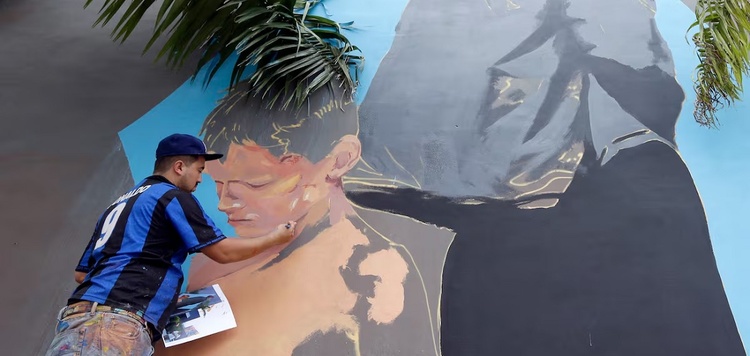
Neither Latin nor American, Latinx (or Latin) art asks for passage
Numerous initiatives seek to promote the works of artists of Latin descent who reside within the United States and who have always suffered a lack of support and marginalization.
More and more collectors, curators and gallery owners are beginning to find in Latinx or Latin art an opportunity to approach new creative and suggestive perspectives on current contemporary art. Artists from this group are gaining more and more prominence in the United States and, therefore, in the rest of the world. An example of this is the selection of works for the 60th edition of the Venice Biennale, considered the largest art biennial in the world, which opened last April and can be seen until November. Brazilian Adriano Pedrosa, the first Latin American to curate it, describes it as a very political proposal that celebrates “immigrants, foreigners, queer people and indigenous people,” focused on decolonizing the history of culture (mostly focused on white men) and empowering those who have been excluded from it.
Unlike Latin American art, which also refers to art produced in Latin America, Latinx art (gender-neutral as an alternative to “Latino” or “Latina”) comprises the works of artists of Latin descent who reside within the United States. At first this group was called “Latinx”, but it is becoming “Latine”, which according to surveys is a better received word because it is easier to pronounce.
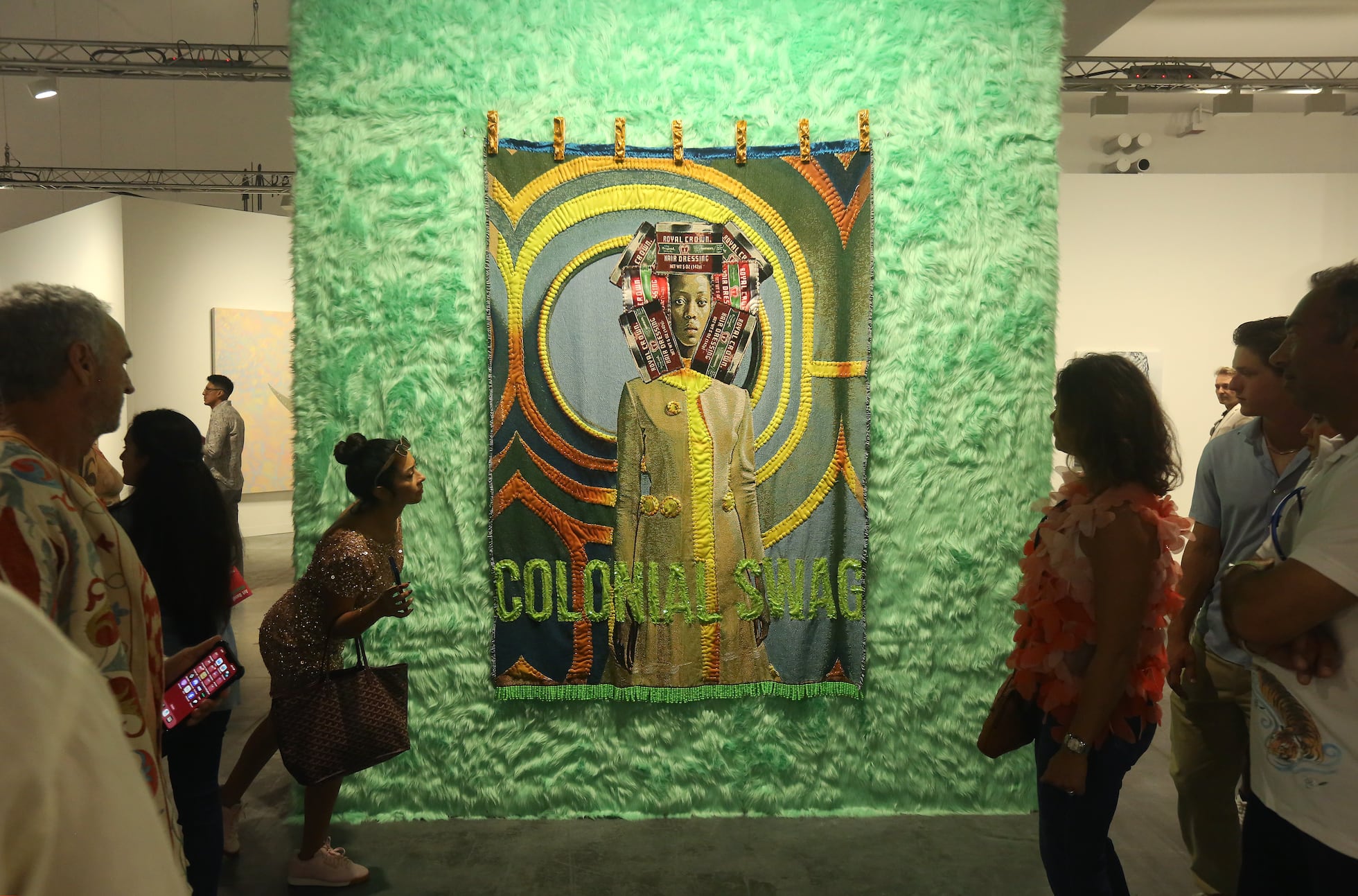
The trend toward making a more inclusive genealogy of art has begun to accelerate in recent years. This is a sustained complaint that demands more ethnic diversity and greater gender pluralism to create a representative canon. Regarding Latin artists, already in 2021, the United States Latinx Art Forum (USLAF) launched its most powerful and largest initiative: 15 annual grants of $50,000 in financial support for artists . This addressed the false system of support and marginalization in the history of American art that Latinos have suffered despite representing almost 20% of the country's population.
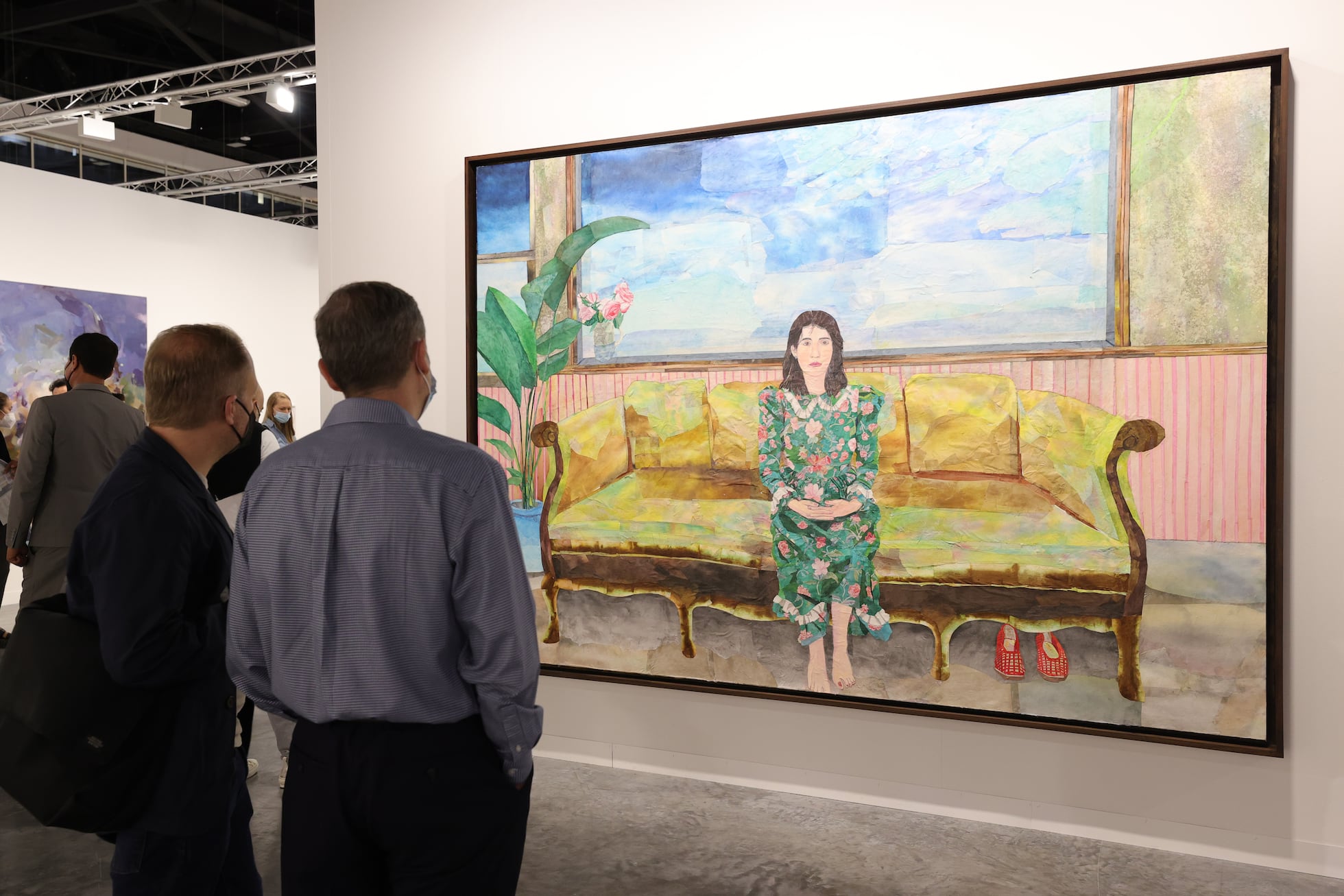
But financially supporting invisible artists does not contribute to the national art scene becoming inclusive and plural. It was necessary to go to the root of the problem and begin to correct the defects of a flawed system, investing in the professionals behind the programming of the most influential artistic platforms in the country having a heterogeneous and truly inclusive perspective. In this sense, in the 2022 edition of Art Basel in Miami more than half of the participating galleries were of Latin American origin. And in early 2023, the Mellon, Ford, Getty, and Terra foundations announced a groundbreaking initiative in the art world Promoting Latinx Art in Museums (ALAM). The project started with a first collective annual grant of $5 million divided into ten grants with the aim of creating permanent jobs for curators with experience in Latin art and for others who are beginning their professional careers.
“We need to invest more if we want Latinx art to be more represented in our museums, with curatorial professionals who can dedicate themselves exclusively to building and managing these collections,” explained the director of the Getty Foundation, Joan Weinstein, in the press release where the winners were announced. Of the 48 cultural institutions and visual arts organizations in the United States and Puerto Rico invited to participate, part of the ten that received funding aid are dedicated exclusively to the promotion of Latin American art, such as the National Museum of Mexican Art in Chicago or the Museo del Barrio, in New York. But among the winners are also other general museums such as the Museum of Contemporary Art in San Diego or the National Gallery of Art in Washington.
In addition to the famous Museo del Barrio in New York, which since it opened its doors in 1969 has become the great national reference, and the Museum of Latin American Art (MOLAA, for its acronym in English) founded in Los Angeles in 1996, there are also art galleries outside the commercial circuit that are gaining prominence by marketing the work of Latin artists. An example of this are the two led by Charlie James and located in the Chinatown of Los Angeles (CJG2 and Charlie James Gallery), where the work of artists such as Patrick Martinez, Lucía Hierro, Narsiso Martinez or Lee Quiñones can be seen.
Group exhibitions have also been organized such as There is no post-hurricane world: Puerto Rican Art in the Wake of Hurricane Maria, curated by Marcela Guerrero for the Whitney Museum in New York (2022); Forecast Form: Art in the Caribbean Diaspora, 1990, Today, by curator Carla Acevedo-Yates for the Museum of Contemporary Art Chicago (2023); or Chosen Memories, the exhibition curated by Inés Katzenstein for MoMA, which collects the postcolonial narrative of 40 of the most representative artists of the region (2023).

However, there is still much work to do. In this sense, the multidisciplinary artist of Cuban origin Yali Romagoza performed a performance in 2021 at the doors of MoMA Ps1 where she asked the museum a question written on a poster: ”How many Latinx artists have had an individual exhibition in this museum?” . Followed by the response “Zero”.
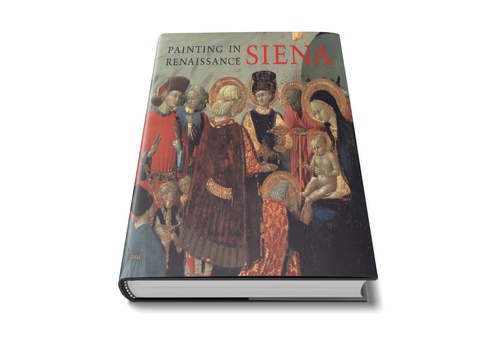
- June 30, 2025
Painting in Renaissance Siena, 1420–1500
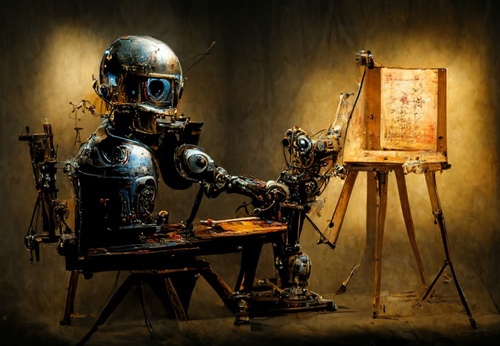
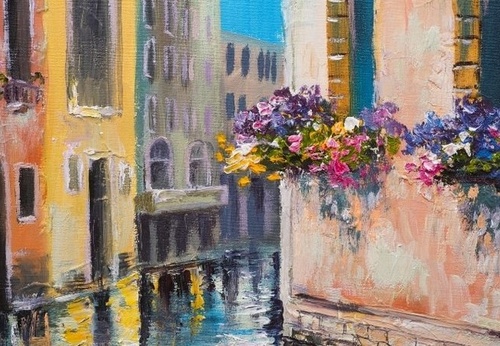
- June 30, 2025
What are Plastic Arts?
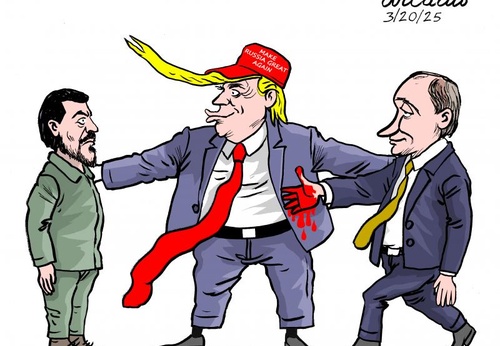
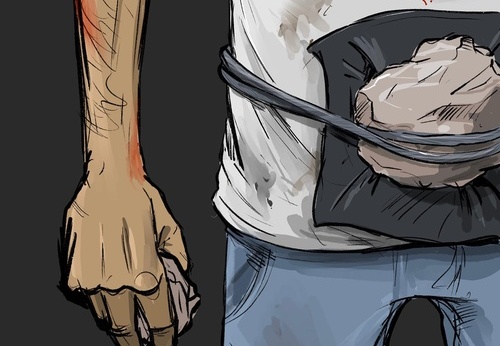
- June 30, 2025
Images Against Silence: Artists Who Challenge Power
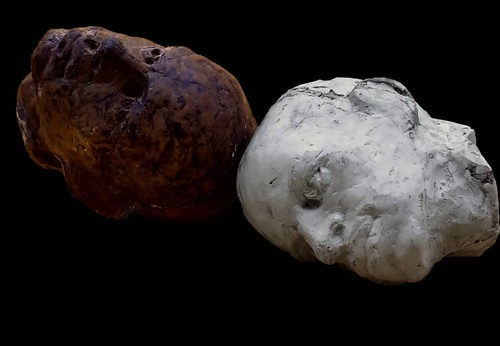
- June 30, 2025
Gallery Of Sculpture By Montalvan Cuellar Andres - Cuba
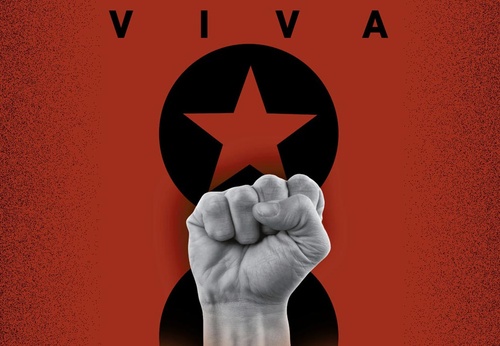
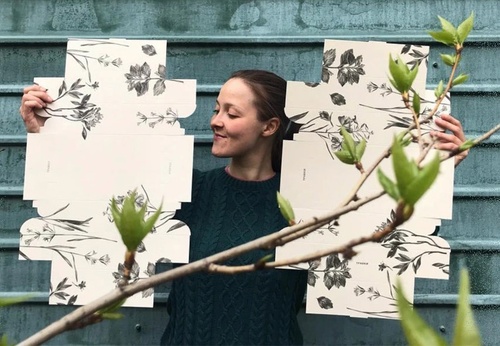
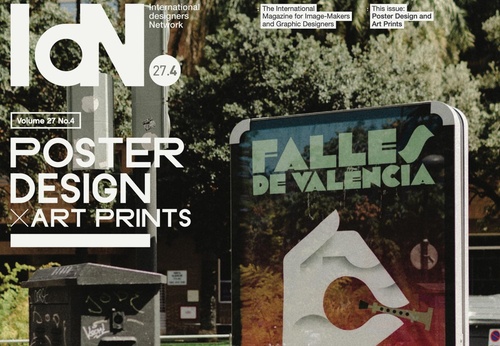
- June 29, 2025
Idn Magazine Volume 27 No.4: Poster Design

- June 29, 2025
Peruvian painter Gerardo Chávez dies at…

- June 29, 2025
ARCOmadrid 2026 Opens Call for Entries …

- June 29, 2025
José María Velasco: The Landscape Artis…

- June 26, 2025
It houses 40 legacies of Latin American…

- June 18, 2025
Winners of the “Holosaide” event announ…

- June 18, 2025
The Major Exhibition of the Malba Colle…

- June 16, 2025
Pedro Roth Exhibition at the National A…

- June 15, 2025
Malba Pays Tribute to Luis Felipe Noé w…

- June 15, 2025
Contemporary Italian Painting on Displa…

- June 13, 2025
Impacto da Arte Digital na Sociedade

- June 13, 2025
The Geometric Essence of Fanny Sanín on…

- June 12, 2025
Guillermo García-Cruz's 'Divergent Stru…

- June 12, 2025
Book Brasília, the art of democracy wil…

- June 11, 2025
In 2025, SP-Arte Rotas will include nar…

- June 11, 2025
The Barranquilla Museum of Modern Art

- June 10, 2025
Discovery of William Turner's Work

- June 10, 2025
One of the largest art events in Latin …

- June 10, 2025
Centre Pompidou debuts in South America…

- June 09, 2025
MON opens its doors to a sensory worksh…

- June 09, 2025
Regional talent conquers spaces with co…

- October 08, 2023
Illustrations reflect the brutal Israel…

- December 25, 2023
The jury statement of the Iran-Brazil F…

- July 29, 2023
History of Caricature in Brazil

- September 01, 2023
Neural Filters in new photoshop 2023

- April 20, 2024
Poignant Image of Grief Wins Mohammed S…

- May 22, 2025
Brady Izquierdo’s Personal Exhibition O…

- March 21, 2024
The history of art in Palestine

- October 21, 2023
Erick Meyenberg and Tania Ragasol at th…

- March 14, 2024
museum of statue of van gogh

- August 09, 2023
Venezuela mural expresses solidarity wi…

- March 15, 2024
museum of sculpture of Salvador Dali

- May 25, 2025
Bordalo II to hold exhibition in Paris …

- May 20, 2024
Latin American Festival of Performing A…

- March 30, 2024
illustration websites in Latin America

- July 30, 2024
The artist from San Luis Mirta Celi rep…

- March 18, 2025
Works by Cuban Artist Eduardo Abela in …

- July 03, 2024
Newly discovered rock art in Venezuela

- April 18, 2024
Israel Pavilion at Venice Biennale clos…

- January 04, 2025
Material Art Fair 2025

- January 12, 2025
The Ralli Museum in Punta del Este

- February 18, 2024
7 Ways to Understand What Visual Arts A…

- May 15, 2024
Eleven murals for Gaza painted across t…

- October 08, 2023
Illustrations reflect the brutal Israel…

- January 02, 2025
13 commemorations that will mark the cu…

- October 17, 2023
The influence of Latin American artists…

- December 25, 2023
The jury statement of the Iran-Brazil F…

- November 17, 2023
Fernando Botero's work is booming after…

- July 29, 2023
Piracicaba International Humor Exhibiti…

- February 03, 2024
THE HISTORY OF NAIF ART

- November 06, 2023
Heba Zagout: Palestinian artist murdere…

- February 01, 2025
A maior exposição de Botero em Barcelona

- July 02, 2024
One of the largest urban art galleries …

- December 10, 2023
Sliman Mansour and Palestinian art on t…

- July 20, 2024
First International Mail Art Biennial 2…

- September 01, 2023
Neural Filters in new photoshop 2023

- October 23, 2023
Controversy over the project that will …

- October 30, 2023
Palestinian turns images of the Gaza co…

- March 14, 2024
museum of statue of van gogh

- February 06, 2024
Bolivian artists will be at the 2024 Ve…

- February 08, 2024


